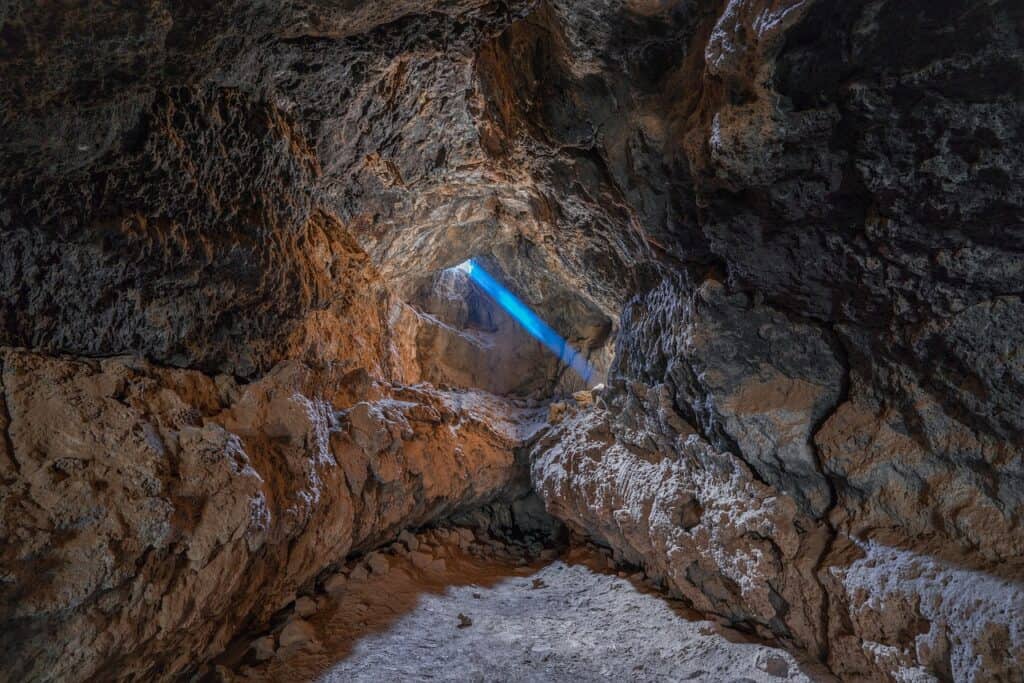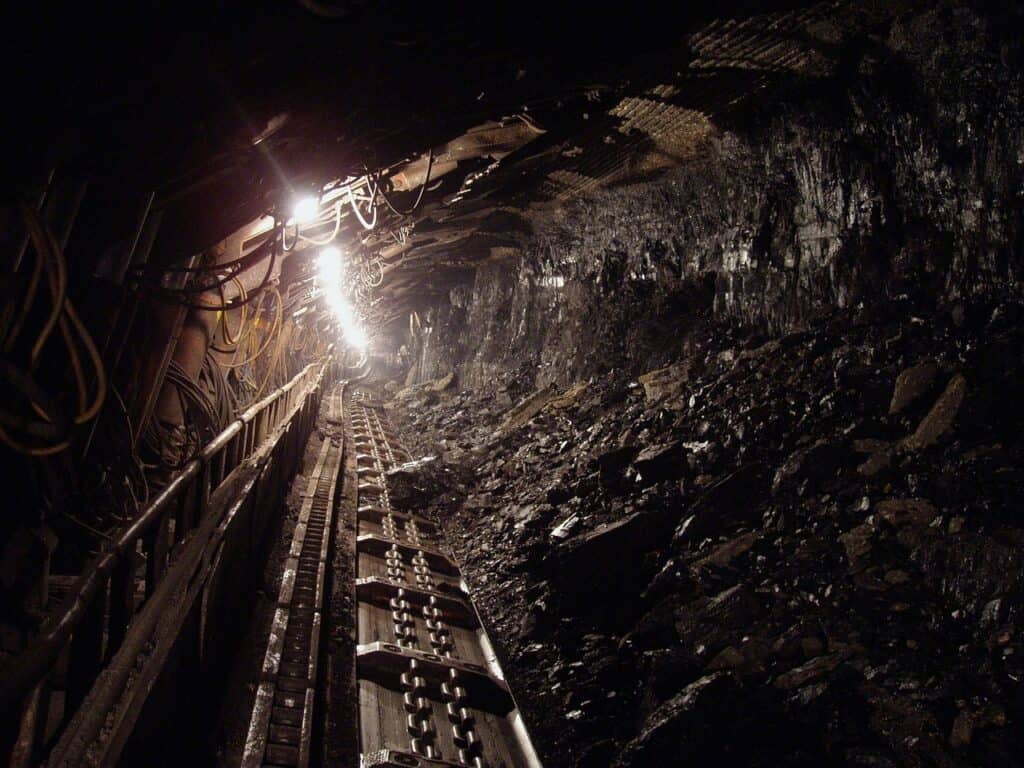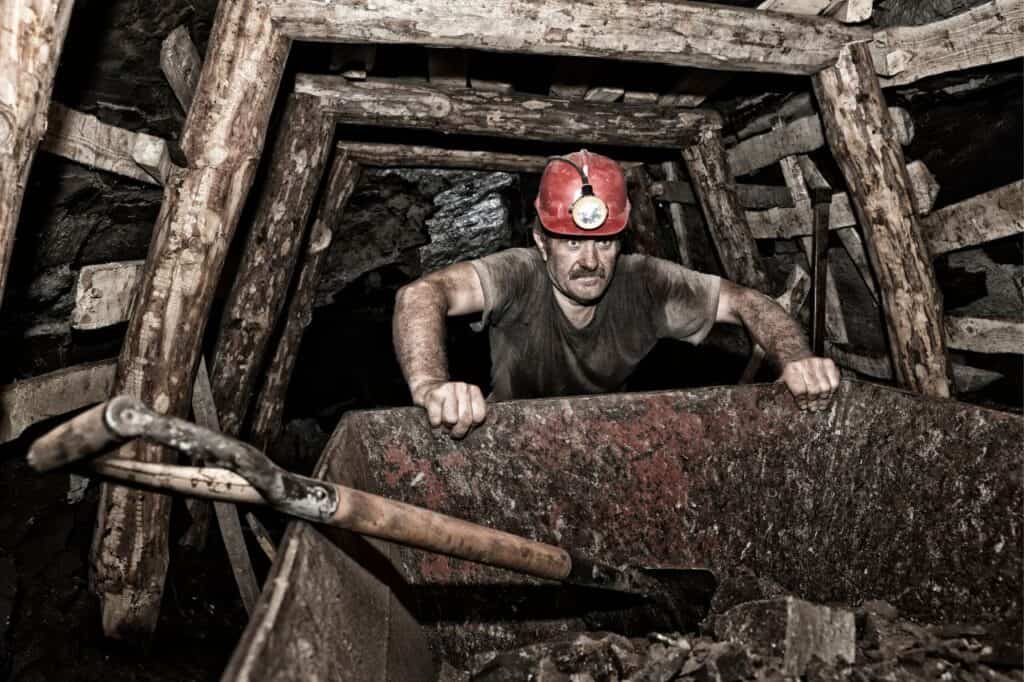What does MSHA stand for?
By way of law, MSHA was established in the Labor Department in 1978. Prior to 1973, the Bureau of Mines and the Department of the Interior were in charge of enforcing federal laws governing mine safety and health.
The Federal Mine Safety and Health Act of 1977, which was signed, changed practically every aspect of mine safety and health. These changes included, but were not limited to, how the law is administered and who is covered, the creation of new channels of appeal for mine operators who are covered, the creation of new channels of appeal for mine workers who contest citations for violations, and increased participation by miners or their representatives in procedures.
Early MSHA inspections
Between 1978 and 1980, the Coal Mine Safety and Health (CMS&H) branch of MSHA carried out over 50,000 inspections and accident investigations annually. An average of 120,000 citations were issued each year during these inspections.
Additionally, CMS&H established specialized initiatives to identify, manage, or get rid of serious safety and health risks in coal mines. At big, complicated mines that emit a lot of methane gas, CMS&H started a resident inspection program.
Mine safety rating system
To assess the relative safety and health conditions in surface and underground mines based on their track record, a mine profile rating system was created.
A new standard mine filing system was implemented, and a special focus roof program was started so that survey teams could assess all inspection results collectively or only a subset of them.
Another region saw an increase in inspections by the Metal and Nonmetal Mine Safety and Health (M/N) from 22,000 in FY 1978 to over 53,000 in 1980.
Mine safety compliance
Beginning in non-coal mines in late 1979, the Compliance Assistance Visits Program helped mine operators by highlighting potentially hazardous conditions and behaviors before operations or the use of new equipment or facilities.
Hazardous material inventory
M/N created an inventory of hazardous materials and dangerous physical agents in mines in collaboration with NIOSH. As a consequence, six health risks—radiation in uranium mines, milling chemicals, silica dust, mineral fibers, welding fumes, and noise—were the focus of standards creation.
Mine accident reduction
The Program in Accident Reduction (PAR), another unique M/N effort, was successful in lowering accidents at several “high hazard potential” mines by raising labor and management understanding of safety and health issues. The type and scope of lung disorders among cement workers, as well as studies of the exposure to talc minerals, fibrous minerals, and other specific health projects, were all carried out in collaboration with NIOSH.
Fines and infractions
Prior to the 1977 Act, infractions in coal mines were subject to civil penalties, but not those in non-coal mines. The 1977 Act greatly increased the scope of the Office of Assessments’ program at MSHA by adding fines for infractions at non-coal mines.
Utilizing the automated data processing system contributed to a reduction in the backlog of cases that needed to be examined from 70,000 at the beginning of 1977 to 4,000 in 1980.
Administratively, MSHA established a new Office of Standards, Regulations, and Variances to oversee the overall regulatory process in order to comply with the 1977 Act’s emphasis on the creation of new and improved safety and health standards, strict deadlines for developing standards, and provisions requiring several specific standards and regulations.
Mine safety education and training
Another area was the approval of over 22,000 mining industry training programs and 4,000 amended plans by MSHA’s Education and Training operations through the year 1980. By identifying areas of high safety or health risk using the actual frequency of mining accidents and illnesses, E&T established an assessment procedure to approve the training programs.
The self-contained self-rescuers, new mining waste impoundments, dust sampling equipment calibration and maintenance, and prototype training programs and materials were also produced by E&T. In order to reverse negative accident trends, it also collaborated with CMS&H and M/N to establish targeted training programs.
In 1980, 36 states received a total of $6 million under its State Grants program to help with miner training.
As a center for teaching mine inspectors, technical support staff, and others interested in mine safety and health, the National Mine Health and Safety Academy was established in 1976 and joined MSHA in 1979. The Academy spent a lot of effort expanding its academic personnel, programs, and resources, creating more than 80 distinct courses.



